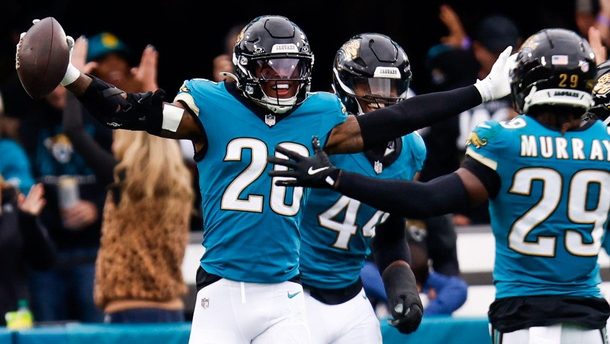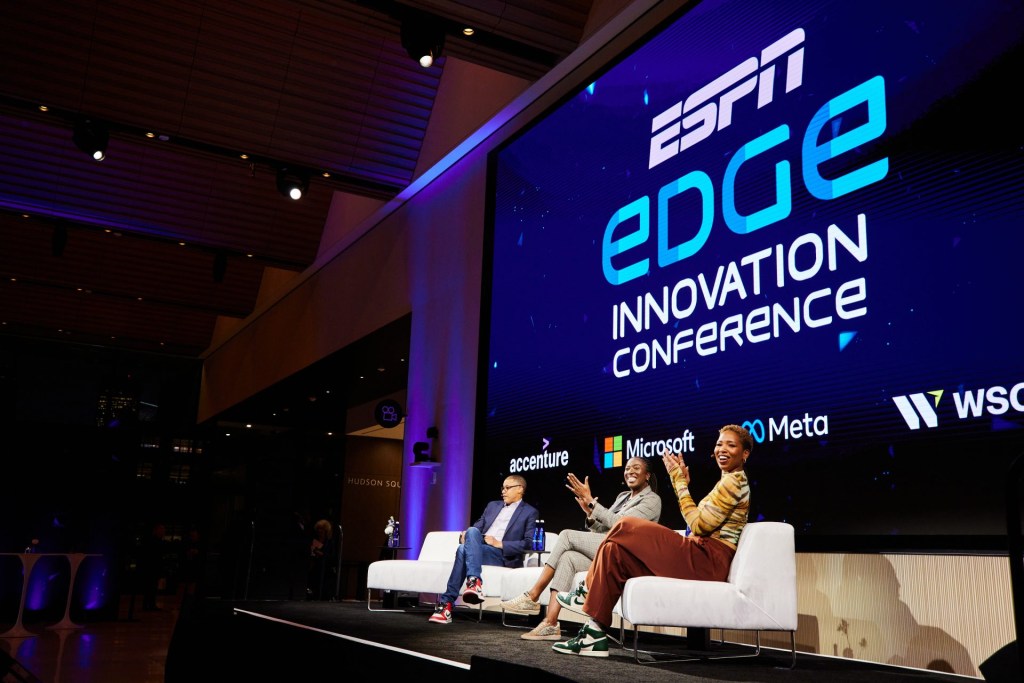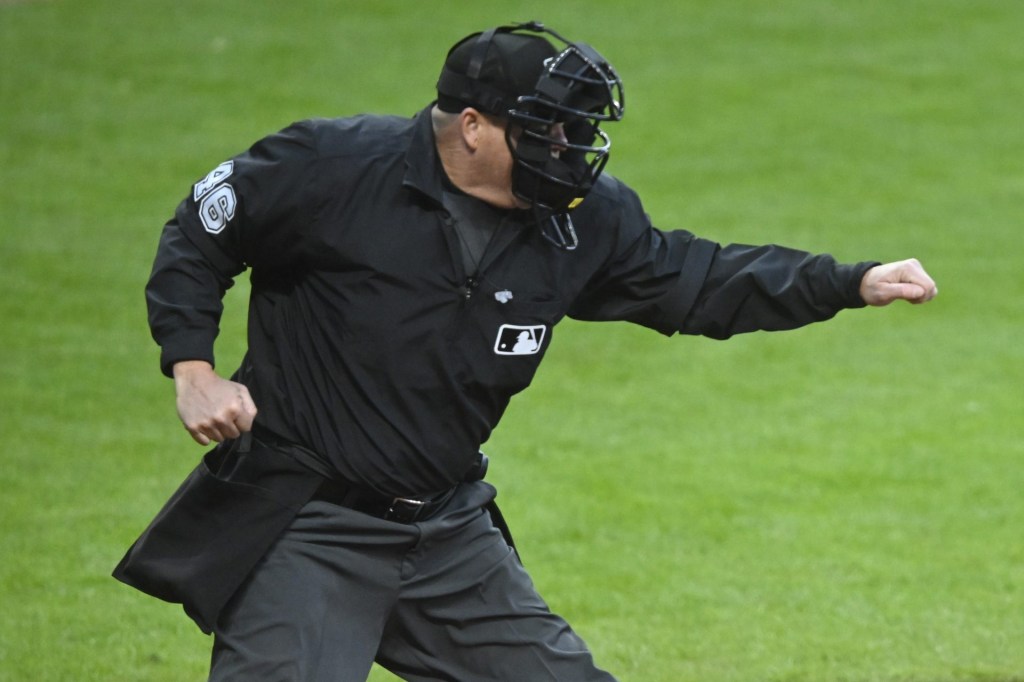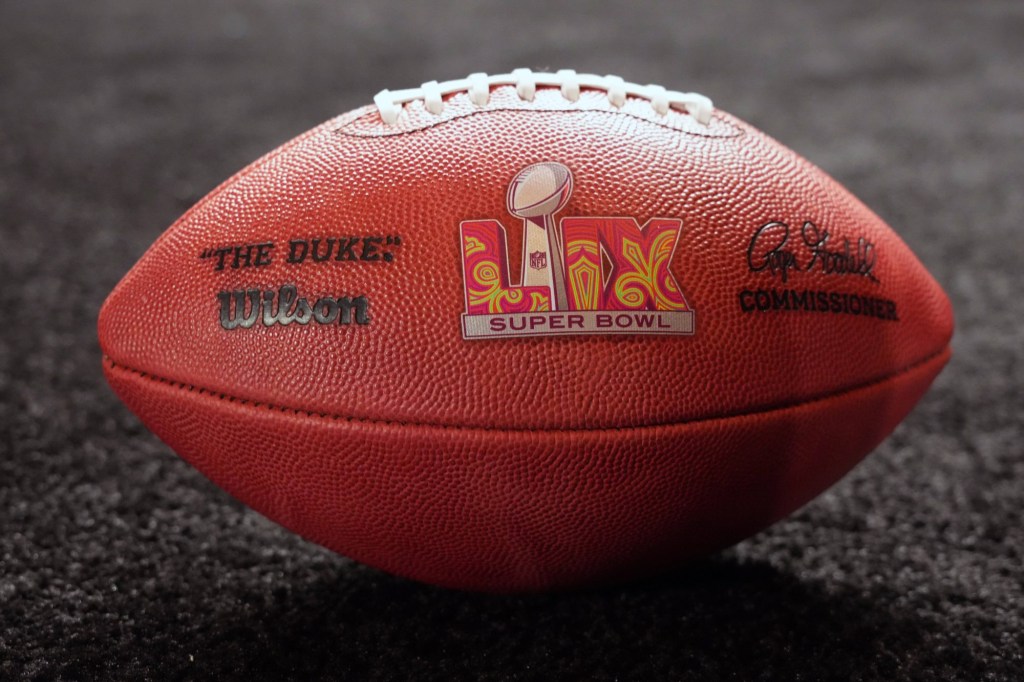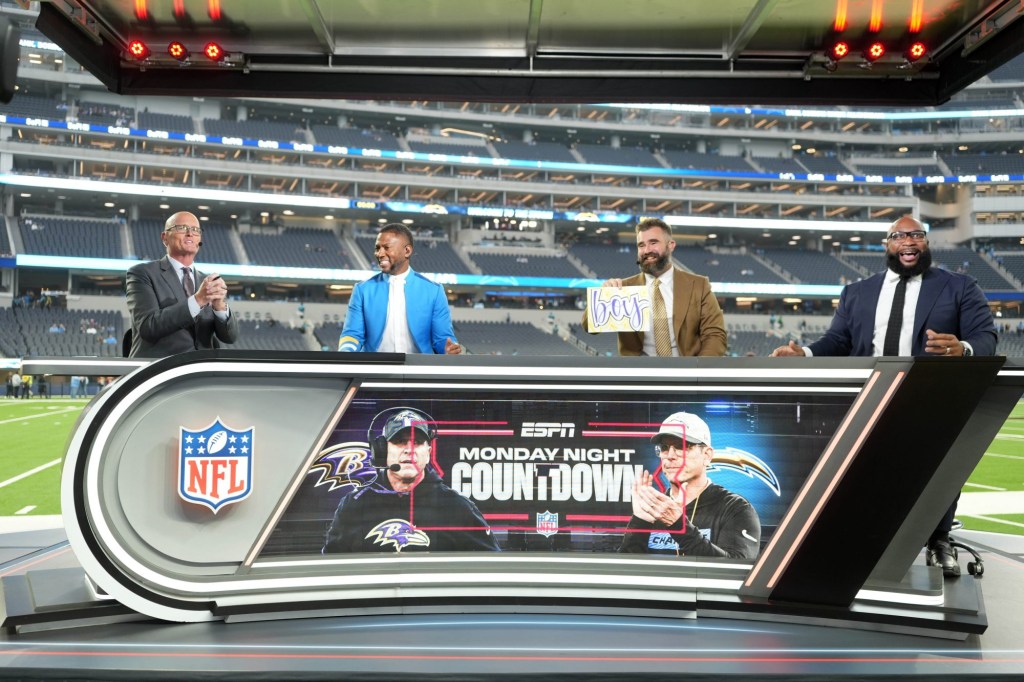Challenged by a small corporate market and the lack of a large established fan base due to its expansion club status, New Mexico United chose to use its most valuable sponsorship asset to drive interest in the club.
While most soccer clubs traditionally have one sponsor across the front of all of its jerseys, the USL Championship club split its jersey sponsorship into home and away.
For the away kit, New Mexico United signed a deal with New York-based finance company KraneShares, while at home brought on Meow Wolf, an art collective.
The dual jersey deal was meant to activate a typically static asset in a new way, said majority owner Peter Trevisani, who also serves as the team’s president and CEO.
“When you’re going out to an audience, that audience changes in different stadiums,” Trevisani said. “Why only have one sponsor? Half the time, we’re not addressing our marketplace. KraneShares market isn’t New Mexico, but it’s absolutely Los Angeles, Las Vegas, Portland, and Seattle.”
“For home, we’re able to have an art collective that is in line with our message to elevate New Mexico and push it forward in a way that’s authentic,” he added. It should be noted Trevisani, a former finance executive, was an early investor in Meow Wolf.
Home and away uniform sponsors aren’t a wholly new idea, said Chris Lencheski, CEO of Winning Streak Sports, a licensed products company. Among other creative static activations, Lencheski noted teams in the U.K. have even sold the interior of the jersey for when a player scores and takes it off.
“It’s a small market, they need to be innovative,” said Lencheski, who’s previously served in front offices, including ownership roles. “All things being equal, it’s an inventive way to get awareness to the partners and get more money out of the same product.”
However, the dual jersey sponsors addressed a different business challenge for New Mexico United rather than just generating more revenue.
Without any major corporations in New Mexico or a fanbase large enough to draw in significant dollars from an out-of-market sponsor, Trevisani said the two jersey deals brought in what likely would be market value for one. Before the inaugural season, he told the Albuquerque Business Journal they were both six-figure relationships but declined to expand on them with FOS, focusing on the “derivative value.”
“In terms of market value, Meow Wolf wasn’t as concerned about the cash; it wasn’t that kind of transaction,” he said. “The front of the jersey wasn’t just a billboard, but a two-way relationship, not just pushing a brand forward but saying something about what we are as a team.”
Trevisani added, “It shouldn’t necessarily be the highest bidder. Dollars are important to us, but it’s almost never a number one priority for us.”
Instead, the team hoped the local connection and artistic approach with Meow Wolf would bring in plenty of derivative dollars from ticket sales and merchandise sales. Trevisani said the jerseys and other merchandise had been sent across the globe.
Whether the home kit deal was a reason or not, New Mexico United was tops in the USL in attendance, averaging 12,693 fans per game.
It also ranked near the top in merchandise sales while sitting near the bottom in sponsorship dollars.
“Why do you wear team gear? You’re saying something about yourself, too,” he said. “[Teams in smaller markets] are better off promoting brands that capture the same ethos. You get a deeper connection from your fanbase.”
Eventually, Trevisani said he might try to put numbers to his theory. Still, for now, his belief is the incremental jersey sales and ticket sales from fans has made up the difference in sponsorship dollars the team might have left on the table. For now, he’s happy believing in the exponential impact adding fans has to New Mexico United’s bottom line.
“Each fan doesn’t always provide the same amount of value, you hit certain tipping points,” he said. “When you have a team drawing 5,000 people a game and then drawing 10,000 fans a game, that’s twice the people, but what’s that worth? I’d say more than double.”
READ MORE: MLS Opens Jersey Sponsorship Category To Sports Betting Brands
Those dedicated fans will be more passionate brand ambassadors in the community with a sense of team ownership, Trevisani said. In a market often shrouded with negative economic news and consistently on “bad lists,” Trevisani said New Mexico United maybe shouldn’t even exist on paper.
“You get a sense of pride and commitment for each other,” he said. “How do you measure the size of a heart? If they think it’s important enough, they’ll support it. To the extent people have incremental money, they’re shifting dollars to support the team and themselves.”
With such a positive and rabid fanbase now built up heading into the second season, whenever the jersey deals are up, Collegiate Sports Management Group Chief Operating Officer Ray Katz believes the initial deals could pay dividends.
READ MORE: NBA Practice Facilities Bringing in Community, Sponsorships
“He’s created a jump ball,” Katz said. “Both jersey sponsors will activate their sponsorship, and most likely find that there is a very favorable return on investment. At some point, there could be a bidding war for a consolidated single sponsor position.”
Katz’s company mostly focuses on small market college teams and other schools outside the Power 5 conferences. He said while smaller markets can present more labor-intensive opportunities for marketers, that can pay off with more opportunities to connect intimately with a consumer base.
“There are no casual fans for New Mexico United like there are no casual fans for Morehouse and Clark colleges,” he said. “All the fans are avid fans with strong brand loyalty. That’s what rings the cash register.”



